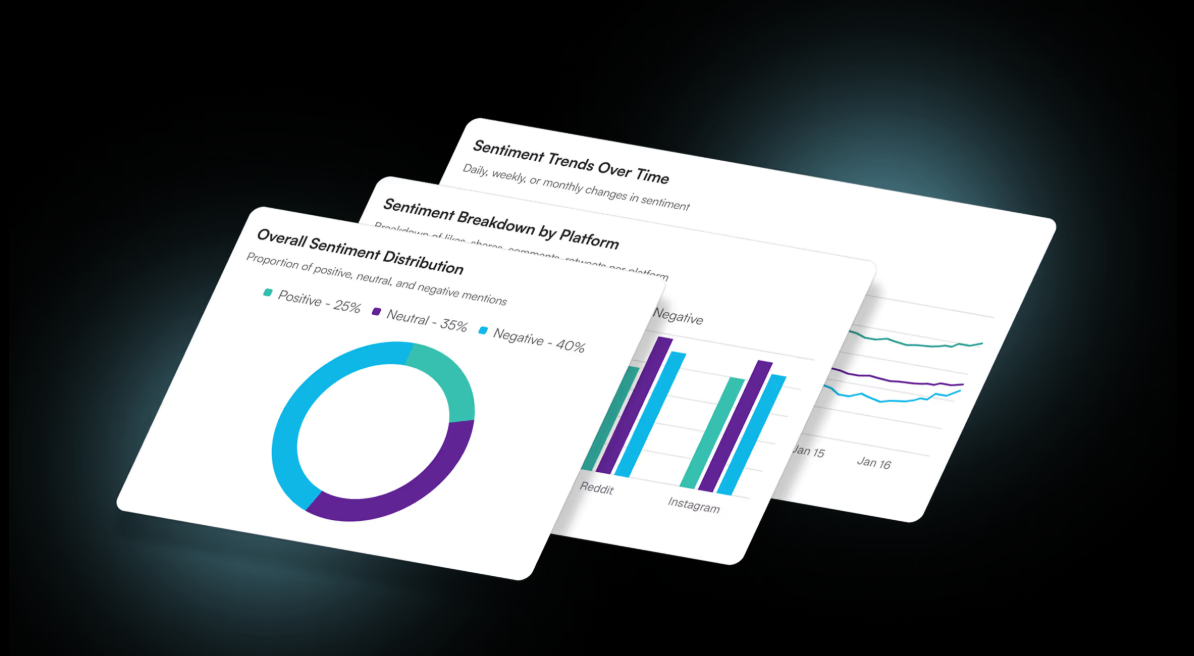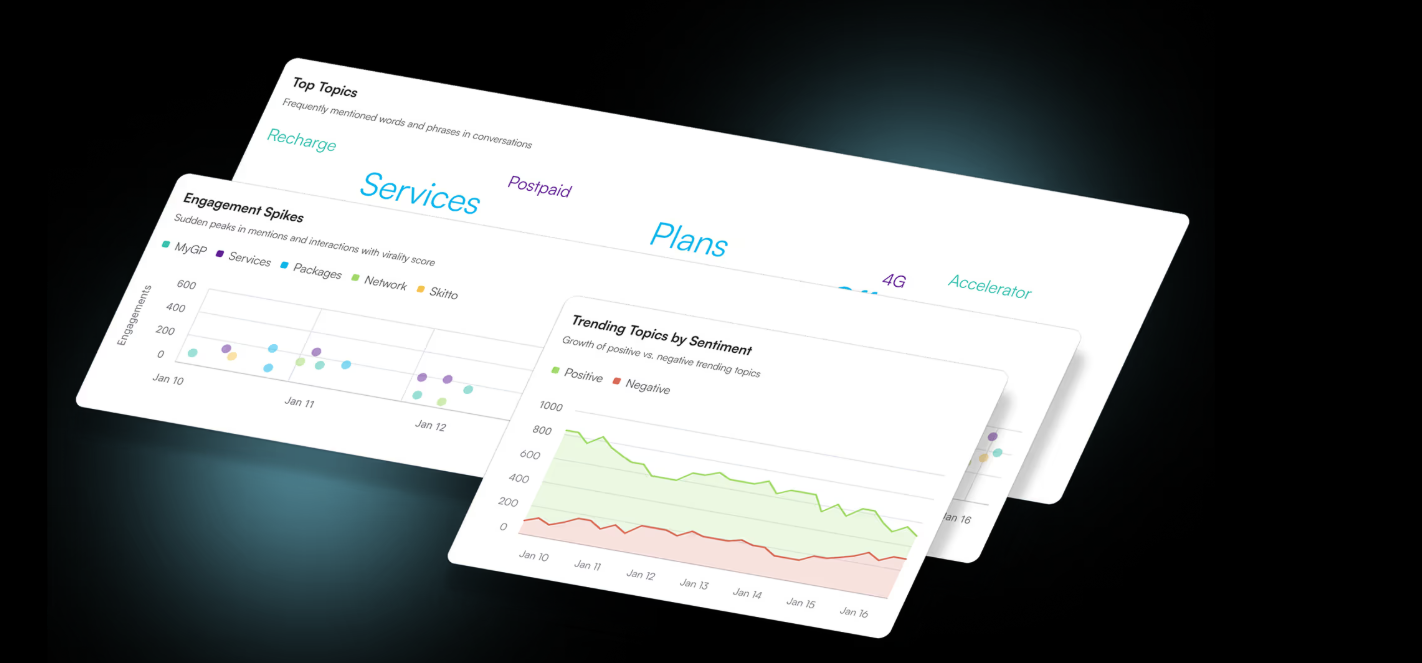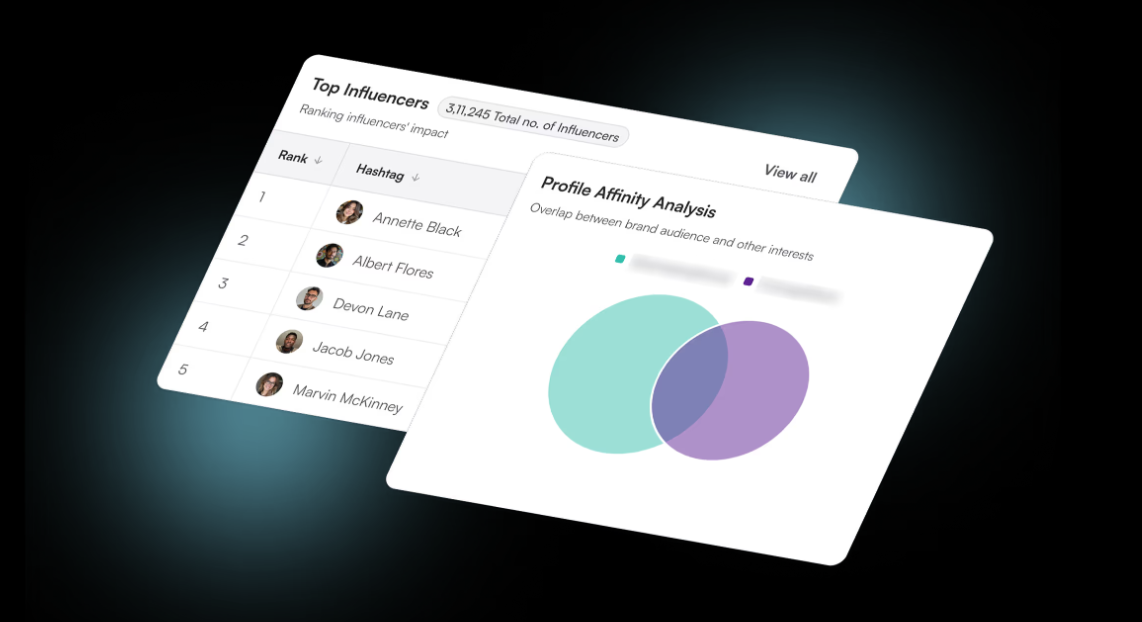We are excited to announce our $2M seed round led by Joa Capital.
Read Now

October 19, 2025
Fabiana Binte Mesbah
In the ever-evolving world of digital marketing, Instagram influencer marketing in 2025 has cemented its place as one of the most powerful tools for brands to reach, engage, and convert audiences. But what does the landscape look like now and how can your brand thrive in it?
Whether you're a seasoned marketer, a curious startup founder, or an aspiring Instagram influencer, this guide will walk you through everything you need to know about Instagram influencer marketing in 2025.
Instagram continues to be a powerhouse for influencer marketing, with over 1.7 billion monthly active users as of 2025, making it the second most-used social media platform globally after Facebook.
What’s more compelling is that most brands, from well-established ones to startups, now leverage influencer marketing. And, Instagram leads the pack thanks to its visual-first interface, robust creator ecosystem, and advanced analytics features with over 50% of brands saying Instagram is the top influencer marketing platform worldwide.
AI is transforming the way brands find and collaborate with influencers. Tools like DeepDive are enabling brands to use AI-powered social listening to identify rising creators, measure sentiment, and analyze audience alignment before investing a dollar.

In 2025, smaller influencers are making the biggest impact. According to a report by Influencer Marketing Hub, nano (1K–10K followers) and micro (10K–50K followers) influencers boast an average engagement rate of 6.2%, compared to just 1.4% for mega influencers.
Brands are tapping into these creators for niche, trust-based relationships that drive genuine results, especially in sectors like beauty, health, and education.
Instagram Reels have become the lifeblood of influencer content. In fact, users spend more than 50% of their time on Instagram watching reels. Added to this, reels can achieve 36% more reach than carousels and 125% more reach than single-image posts. Storytelling, motion, and creativity are key for success in today’s algorithm. And, influencers have the knack for tapping into just that.
Audiences are increasingly fatigued by overly polished, #sponsored content. Raw, unfiltered, behind-the-scenes content is what truly resonates. Influencers who show vulnerability, real experiences, and value-driven messaging see significantly higher follower loyalty and campaign ROI.
Whether you're looking to drive awareness, conversions, app installs, or UGC, define Specific, Measurable, Achievable, Relevant, and Time-bound objectives. Influencer marketing only works when it’s aligned with your brand and its business goals.
AI-powered social listening can help brands monitor real-time conversations to:
This makes influencer vetting data-driven and reduces the risk of PR disasters. Here’s a list we’ve curated for the top social listening tools for brands in 2025.

Don’t just look at follower count when choosing your pool of influencers. Instead, examine their audience demographics, content values, tone of voice, and brand affinity. Influencers who naturally align with your mission will deliver more authentic and persuasive messaging.

Top-performing campaigns in 2025 are those where influencers co-create with brands, not act as hired mouthpieces. Give your influencers a clear brief, but let them communicate in their voice and storytelling style.
In 2025, success isn't just likes and views. Track metrics like:
Instagram influencer marketing in 2025 is all about depth, not just reach. Brands that prioritize genuine partnerships, data-driven insights, and platform-native storytelling will outshine those still chasing vanity metrics.
With the rise of AI-powered platforms, marketers now have a competitive edge in understanding what makes an influencer campaign actually work. Listening to your audience, measuring sentiment, and choosing the right creator can be the difference between a flash-in-the-pan collab and a viral success story.
Discover How Audience Intelligence can help your brand grow